Top 10 Best National Parks in the World
June 19, 2020
The coronavirus has changed what travel looks like in more ways than one. Airlines, airports and many different countries have restrictions and new procedures in the midst of the pandemic. However, the type of travel that may interest people has also changed.
With social distancing measures in place, measures that may be in place for a good while longer, have made sightseeing trips and destinations sound less ideal. Close quarters with strangers from all over the world now sounds intimidating and uncomfortable.
To combat this, nature travel is another great option for those eager to get out and see the world. One of the best types of nature travel is to national parks. There are 4,000 national parks in the world which makes it difficult to decide which ones are worth visiting.
Each national park has different biodiversity, different flora and fauna. There’s a different story behind each one with different historical roots and reasons for forming. Activities is also a big category to weigh when deciding on which national park to go to. Some places have hiking while others have safaris, white water rafting and biking.
Below is a list of the 10 best national parks in the world to put on your travel bucket list.
Masai Mara National Park

This national park is well known for its exceptional safari experiences where travelers can get glimpses of lions, elephants and zebras. Masai Mara National Park is a great destination for the wildlife lover who isn’t afraid to get up close and personal with the creatures. This destination is also great for Africa cultural travel as visitors are completely immersed in not only the beautiful and unique biodiversity but also the culture and lives of the Maasai people.
Location: Narok and Trans Mara Counties, Kenya
About: Masai Mara National Park was established in 1961 as a wildlife sanctuary and then converted to a game reserve. A game reserve is an area where wild animals live safely and are hunted in a controlled way for sport.
Activities: This area is one of the best destinations for safaris in Africa. Visitors can also go on game drives, learn crafts with the Maasai people, bird watching and hot air balloon rides.
Biodiversity: This national park is famously known for its populations of lions, African leopards and African bush elephants. Other animals you can expect to see are zebras, Cape buffalos and black and white rhinos.
Uluru-Kata Tjuta National Park

Culture and nature go hand in hand at this national park. There are many walking tours that take visitors around the park to see all the beautiful views of nature and wildlife. Much of the biodiversity is rare or extinct which gives travelers the unique experience of spotting them. If you enjoy slower paced nature travel this destination is for you.
Location: Northern Territory of Australia
About: This area is aboriginal land and is most known for the rock forms that jut out of the land. Uluru is one of the largest monoliths in the world. It’s made of sandstone and formed about 350 million years ago.
Activities: Climbing the Uluru is now banned but travelers can go on the Valley of Winds walk which allows them to see more of the landscape from different vantage points.
Cultural and sightseeing tours are other great activities that tourists can partake in during their visit.
Biodiversity: Much of the flora that is found in the park is considered rare because it is restricted to the area with some being endangered. The desert flora has adapted to the harsh conditions of the desert with some dependent on fire now to reproduce.
There are 21 reported species living in the area according to a recent survey of the land. The area is often used for the reintroduction of locally extinct species such as the mallee fowl, brushtail possum and the rufous hare wallaby.
How well do you know the world?
Play the gameContinues below
...continued
Fiordland National Park
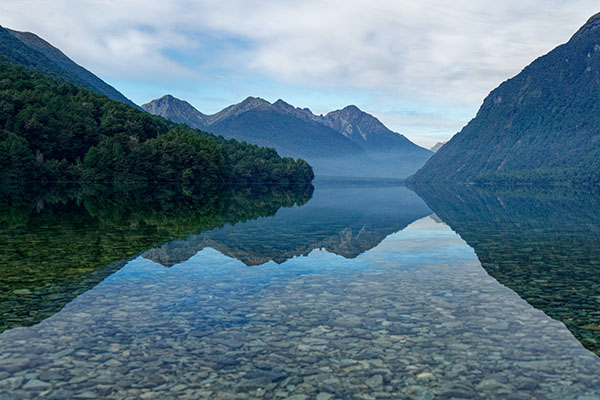
This national park has something for everyone. For those that enjoy being on the water there’s boating and kayaking. For those that love exploring nature there are great opportunities for both climbing and trekking alike. Fiordland is great for nature lovers that aren't afraid to get their hands a little dirty while immersing themselves in the beauty of the park.
Location: Southwest corner of the South Island of New Zealand
About: Established in 1952, Fiordland National Park is the largest national park in all of New Zealand. It now encompasses over 1.2 million hectares in size. Due to the steep terrain, wet climate and isolation, there was never a people that settled here but rather the early Maori came to the area to hunt and fish.
Originally the area was declared a natural reserve in 1904 and in 1986 it was recognized as a World Heritage Site.
Activities: Many tourists are attracted to the park for the opportunity to go boating, kayaking and camping. This is a great destination for climbers and trampers alike.
Biodiversity: The park is home to the largest unmodified area of vegetation in New Zealand. Visitors can expect dense forest and many steep valley sides. Threatened native animals take refuge in this park some of which include dolphins and bats. Some endangered species such as the Fiordland crested penguin, kakapo and the southern brown kiwi.
Torres del Paine National Park
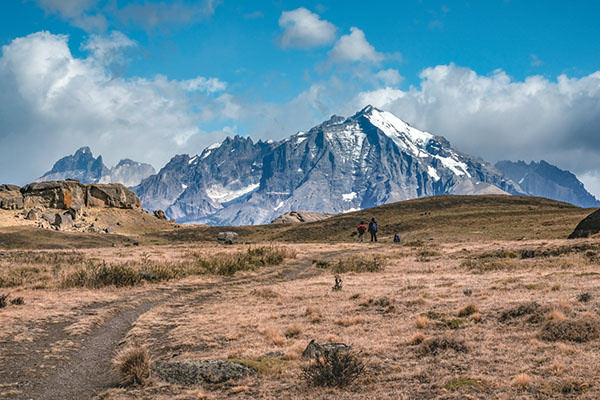
This national park is a great destination for travelers that love hiking but not necessarily off the beaten path. There are many trails to follow with several shelters along the way. Torres del Paine National Park is also known for its massive mountains as well as its glaciers and grasslands.
Location: Patagonia region, Chile
About: Torres del Paine National Park was established in 1959 and was declared the eight wonder of the world in 2013. It is one of the largest and most visited parks in Chile.
Activities: Many tourists visit the park specifically for hiking. There are clearly marked paths as well as places for shelter. However, hikers are not allowed to stray from the path and a certified guide is required to get access to certain parts of the park.
The best time to visit the park is between September and April.
Biodiversity: There are four vegetation zones which includes Patagonian steppe, Pre-Andean shrubland, Magellanic subpolar forests and Andean Desert. Some of the most common animals travelers can expect to see are guanacos, foxes and pumas.
The park also has breeding populations of 15 birds of prey.
Find more things to do in Chile >>
Kruger National Park
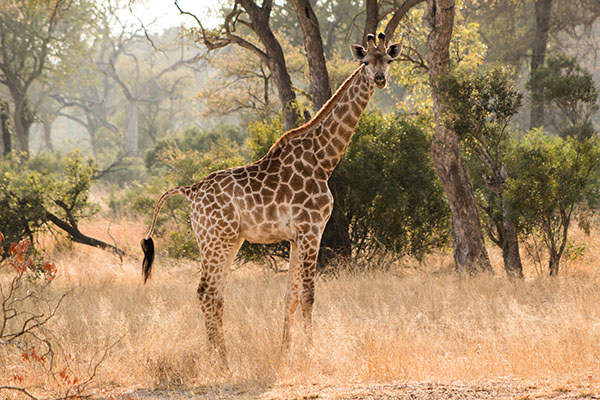
Those seeking a safari experience are in good hands at the Kruger National Park. This park offers the great experience of seeing all 5 big game animals in the same place. Kruger is all about immersing yourself in nature and taking in all the beauty it has to offer with bush walks and hot air balloon rides.
Location: Limpopo and Mpumalanga, northeastern South Africa
About: Kruger National Park is one of the largest game reserves in Africa. The area was declared a national park in 1926 and the first three tourists didn’t visit until 1927.
Activities: The park is known for its great safari experiences. Visitors can also go on bush walks and get a full overview of the beautiful landscape from the vantage point of a hot air balloon.
Biodiversity: There are four main areas of flora in the park: Thorn trees and red bush-willow veld, Knob-thorn and marula veld, Red bush-willow and mopane veld, and Shrub mopane veld.
The park has more species of large mammals than any other African game reserve. The big 5 game mammals, lion, leopard, rhinoceros, elephant and Cape buffalo can be found here. There are also 517 species of birds.

Continues below
...continued
Plitvice Lakes National Park
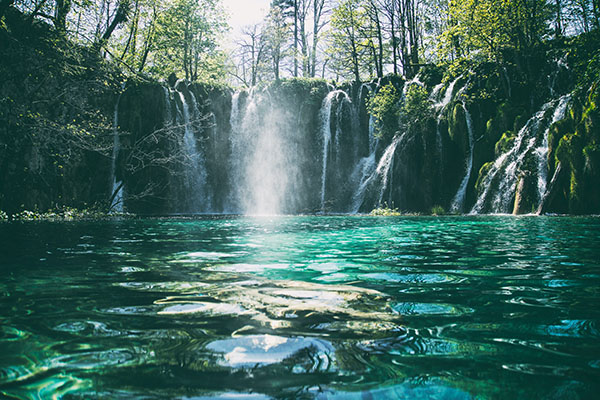
This national park is great for those that love seeing water in nature. There’s 16 lakes and waterfalls in the park. Tours are offered to allow visitors to take in the whole experience and wildlife which includes many rare animals.
Location: Karst area of central Croatia
About: Plitvice Lakes National Park is one of the oldest and largest national parks in the entire country. The park is located along a transport route and has been a key destination for oriental cultures. It was officially named a national park in 1949.
Activities: There are seven routes around the lake that visitors can take as well as four hiking trails.
Biodiversity: There is a wide variety of flora in the park because of the microclimates, differing soils and varying levels of altitude. A large part of the park is forested with beech, spruce, and fir.
Much like the flora there is a wide variety of fauna that call the park home. Visitors can expect to see many rare animals such as European brown bears, grey wolves and eagles.
České Švýcarsko National Park (Bohemian Switzerland)

Bohemian Switzerland is a great destination for the athletic traveler as well as the creative traveler. There are options for those wanting a more hands on experience of the park with activities such as rock climbing. For those wanting to soak up the beauty of nature and wildlife, painting is a popular pastime here.
Location: North-western Czech Republic
About: The park is the youngest of the Czech Republic’s national parks, established in 2000.
Activities: One activity that has drawn tourists for years is art such as painting. Climbing is also another great activity that visitors can do in the park as it is home to the first recreational rock climbing route in the Czech Republic.
Biodiversity: The area is home to many rare fungi, mosses and ferns as well as insects and worms that you can’t find anywhere else in the world. Visitors can expect to see Peregrine falcons and black storks soaring the skies around them.
Yellowstone National Park
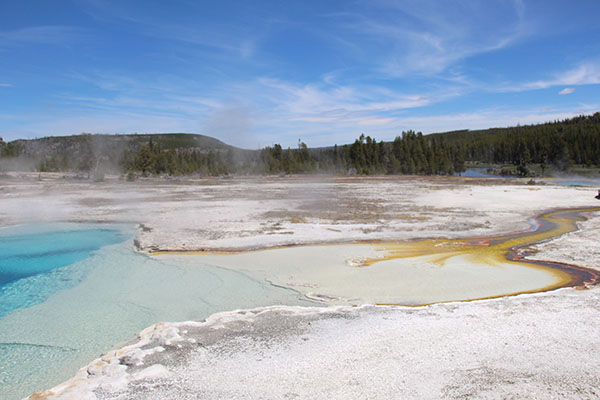
This is the first national park in the world and the one that most people think of when national parks are mentioned. The geysers in the park are iconic and a great experience for anyone wanting to see a spectacular and unique display of nature. This park is great for those that want a more relaxed stay with lodges and hotels and a more hands on experience for those that want to go camping or hiking.
Location: Parts of Wyoming, Montana and Idaho in the United States
About: Yellowstone National Park became the first national park in the world when it was established in 1872. It is also famed as one of the most popular parks with around 2 million tourists every year.
The park is home to about half of the world’s geysers and is best known for the Old Faithful geyser.
Activities: There are many hotels, lodges and campsites for tourists as well as museums. Hunting and boating is prohibited but many of the lakes are open for fly fishing. Visitors can also go hiking, explore thermal basins and participate in a Ranger Program.
Biodiversity: Yellowstone is home to 300 species of birds, 16 species of fish and 67 species of mammals. Visitors can expect to see moose, black bears and bighorn sheep.
The park also has hundreds of wildflowers as well as nine types of conifer trees.
Continues below
...continued
Redwoods National Park

Redwoods National Park offers more unique experiences than the typical hiking and biking, although travelers can do those as well. Visitors can soak up the rich forests of the park while on horseback or coursing past the redwood trees on a mountain bike. For those wanting an adventurous experience this destination is great.
Location: Northern California, United States
About: Redwoods is made up of both state and national parks. The national park was first established in 1968. The area protects 45% of remaining coast redwood forests. The conservation efforts started because the forests were a popular place for lumbermen.
Activities: Visitors can go camping in the area but only after a deep hike to get to the sites and only if they have a permit. Other activities include horseback riding, mountain biking and kayaking.
Biodiversity: The trees that can be found in this park are not only some of the oldest but also some of the most massive trees in the world. Many threatened species call Redwood national park home such as the tidewater goby, Chinook salmon and the northern spotted owl.
Iguazu National Park
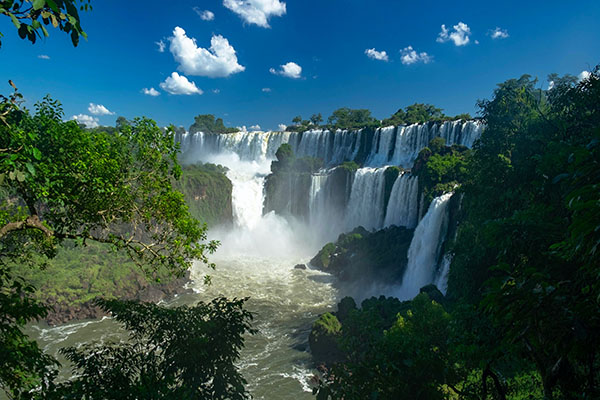
This national park is known for its waterfalls which is a sight that many people come to see. This allows for great hiking and walking tours to see the beautiful waterfalls up close and personal. This is also a great destination for immersion in wildlife with tours that are geared toward the ecological jungle.
Location: Border shared by Brazil and Argentina
About: The park was established in 1934 to protect the Iguazu Falls and is now one of the new seven wonders of the world. In total, there are 275 waterfalls within the park.
Activities: Hiking and walking is a popular activity in the park especially when it’s to go visit a waterfall. Visitors can also go on an ecological jungle train.
Biodiversity: Many threatened species such as the jaguar, anteater and harpy eagle can be found here. There is also a wide diversity of butterflies. The area is populated by many trees, one of which is the ceibo (Cockspur coral tree) whose flower is Argentina’s national flower.
Find a national park you want to visit? Check to see if the country has reopened for international travel.
Connect & Share
"Top 10 Best National Parks in the World"
